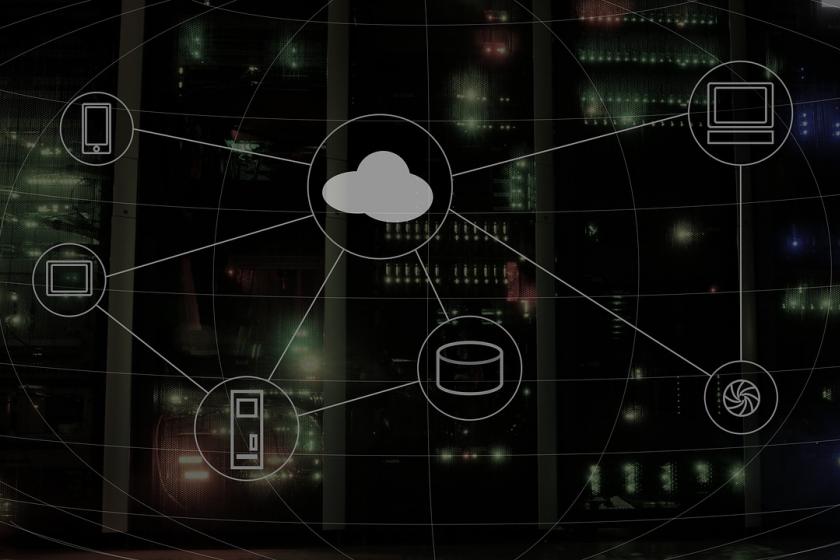Anatomy of a Build-to-Suit Data Center
Enterprises seeking alternatives to one-size-fits-all data center solutions are increasingly considering building their own facilities for more flexibility and greater control over costs.
December 2, 2020

There's something so satisfying about getting what you want, the way you want when you want it. Custom everything is "in" these days. But unlike coveted-but-easily acquired custom personalize items, customizing a data center, “build to suit” in industry parlance, is a much different, more challenging undertaking usually reserved for a certain type of business buyer.
Building a data center to suit is a time-intensive, methodical process that typically involves months of planning, coordination, and construction. As a result, organizations interested in build-to-suit data centers aren’t often the ones acquiring more space and power in a colocation facility.
Instead, they’re usually large enterprises and hyperscale businesses looking to augment an existing data center team aiming to accelerate capacity delivery and gain greater cost certainty, or they have recently outgrown their existing colocation portfolio and are seeking economies of scale by simply building their own facility.
Because build-to-suit isn’t a high-priority strategic initiative for most data center users, it’s a subject that often flies under the radar of common data center-related conversations and isn’t particularly well understood.
To clear things up a bit, here are four foundational components of a build-to-suit strategy and why they’re beneficial to enterprises.
Cost transparency and speed to market
The exponential adoption of cloud computing is driving increased demand for developing larger data centers faster. According to some analysts, as much as 80% of enterprises will have closed their traditional on-premises data centers by 2025 in favor of hyperscale cloud data centers that can house tens of thousands of servers and millions of virtual machines.
Build-to-suit data centers give enterprises the best of both worlds: rapid delivery of a fully-powered shell of a building and all the core components — power, cooling, and connectivity — designed specifically for the tenant that can grow incrementally along with the business in a transparent cost structure.
Often, data center developers will already have a number of data center projects in the pipeline across regions and areas. Understanding the planned locations and completion timeline for each facility can help simplify site selection for customers and unburden them of all the moving regulatory and construction pieces of putting the project in motion to dramatically accelerate delivery of the new facility.
At the same time, built-to-suit also provides a measure of cost certainty. From day one, the company can assert greater control over its near- and long-term cost curves, selecting the lease terms and power cost model that best fits its business needs and provides a predictable and transparent cost model as new capacity comes online.
Designed for a perfect fit
Like a custom-tailored suit, built-to-suit data centers are specifically designed to fit the tenant’s every need. The close collaboration between the tenant and the developer means the tenant can focus on core must-have elements of a new facility and leave the rest to an experienced, expert developer who can marry the tenant’s overall design goals with industry best practices for meeting them.
Different customizations will be required depending upon the role of the data center within the client’s portfolio, whether it’s storage, compute, caching, or GPU intensive applications.
At the same time, mechanical and electrical systems are built for the business’s needs of both today and tomorrow. Every detail, from how much office space there should be and where the loading docks go to building a secure disk destruction room and adding another redundant generator, are meticulously designed to the tenant’s specifications to match the company’s specific risk tolerance with its financial resources.
Energy choice and control
Data centers are known for large-scale energy requirements. Moving into a built-to-suit facility gives enterprises total control over their energy consumption, including the electrical infrastructure tied to the facility.
Unlike colocation data centers that come furnished with standard, done-for-you energy as a pass-through line item, built-to-suit data centers provide control over the power mix and suppliers. Enterprises with aggressive green-energy initiatives that may include achieving carbon neutrality or simply interested in replacing their legacy diesel backups can mix and match renewable and public grid energy sources to support their long-term environmental impact goals, while those seeking greater price bargaining power can choose direct access or unregulated market program to negotiate their own deals.
Full service or outsourced operations
One of the most important but less discussed aspects of a built-to-suit data center is the flexibility tenants have with how to run it. Assuming they're working with a full-service data center developer and operator with the staff and expertise to handle any or every aspect of managing daily operations, tenants can choose to operate the facility themselves or hand it off to the operator so they can focus on their core competencies and other aspects of their business.
For tenants that opt to hand off operations of their data center, it’s important that they work with a developer/operator that will function as a true extension of their team. That means working with a partner that will use the tenant’s internal processes and tools, communicates and collaborates using the same systems, and will follow their capital approval and legal processes as though they were part of the tenant’s business.
One size fits one
For most organizations, colocation data centers provide all the power and scale they currently need. They’re able to configure rack and cage arrays as they want, add more floor space when they need it, and take advantage of ready-made infrastructure to build a data center that works for them.
But at a larger scale, enterprises seeking alternatives to one-size-fits-all data center solutions are increasingly considering building their own facilities for easier scale, more flexibility, and greater control over their operations and costs.
Build-to-suit may not be right for every business, but for enterprises who've either outgrown their outsourced data centers or simply want greater flexibility, control, and scale than their existing self-managed data center operations, it's an appealing option with potentially high payoffs if approached and managed properly.
Tim Hughes is the Director of Strategy and Development at STACK INFRASTRUCTURE.
About the Author
You May Also Like
Maximizing cloud potential: Building and operating an effective Cloud Center of Excellence (CCoE)
September 10, 2024Radical Automation of ITSM
September 19, 2024Maximizing Manufacturing Efficiency with Real-Time Production Monitoring
September 25, 2024





